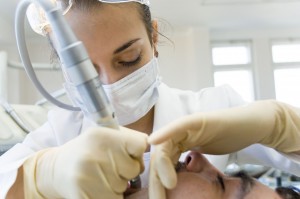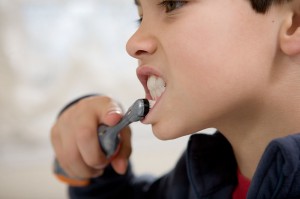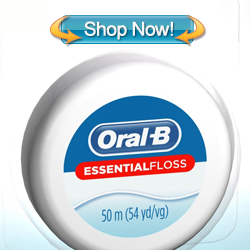 Toothaches are one of the worst pains to deal with. Now only does the tooth hurt but it often makes your whole face and head hurt as well. Toothaches cause swollen gums, throbbing headaches and sometimes cause the pain to spread to other teeth.
Toothaches are one of the worst pains to deal with. Now only does the tooth hurt but it often makes your whole face and head hurt as well. Toothaches cause swollen gums, throbbing headaches and sometimes cause the pain to spread to other teeth.
The best way to deal with a toothache is to visit a tooth doctor. A tooth doctor also known as a dentist or DDS can offer patients answers as well as solutions to their tooth problems. There are many tooth doctors throughout all cities so finding a great dentist can be easy. Finding a dentist that you are comfortable with is the key to getting the best service because it is recommended to go to the dentist’s every few months for a check up.
After visiting the dentist there are many other things that can be done to relieve tooth pain. One of the most common ways to deal with tooth pain is to take some type of over the counter aspirin. The aspirin will not only help with pain but it can also help with the swelling. It typically takes about 20-30 minutes for aspirin to take full effect. Aspirin is not recommended as a daily help for toothaches.
Another good way to get rid of tooth pain is to brush your teeth and focus on the area where the pain is. The ingredients in toothpaste can actually help alleviate tooth pain. If brushing is to hard for your painful tooth simply take a small drop of toothpaste and rub it on the affected area. This will help make a seal over the tooth so not as much air or food particles can touch the affected tooth.
Ice packs are another good way to help tooth pain. Many times when a tooth hurts it becomes swollen and eventually the gum or face in that area will also become swollen. Holding an ice pack on the area for about 15 minutes at a time will help relieve some of the pain and swelling. The key to getting the best results from using an ice pack is to follow a system of icing on and off for about an hour. Ice the area for 15 minutes then take the ice pack off for 15 minutes repeating this until an hour is up.
Toothaches are one of the worst pains so it is important to take preventative care so you will get less toothaches. Brushing teeth twice a day is the number one way to keep your teeth healthy and clean. Brushing removes any food particles, surface stains and can help freshen breath. Aside from brushing be sure to use mouthwash, floss and visit the dentist regularly.









